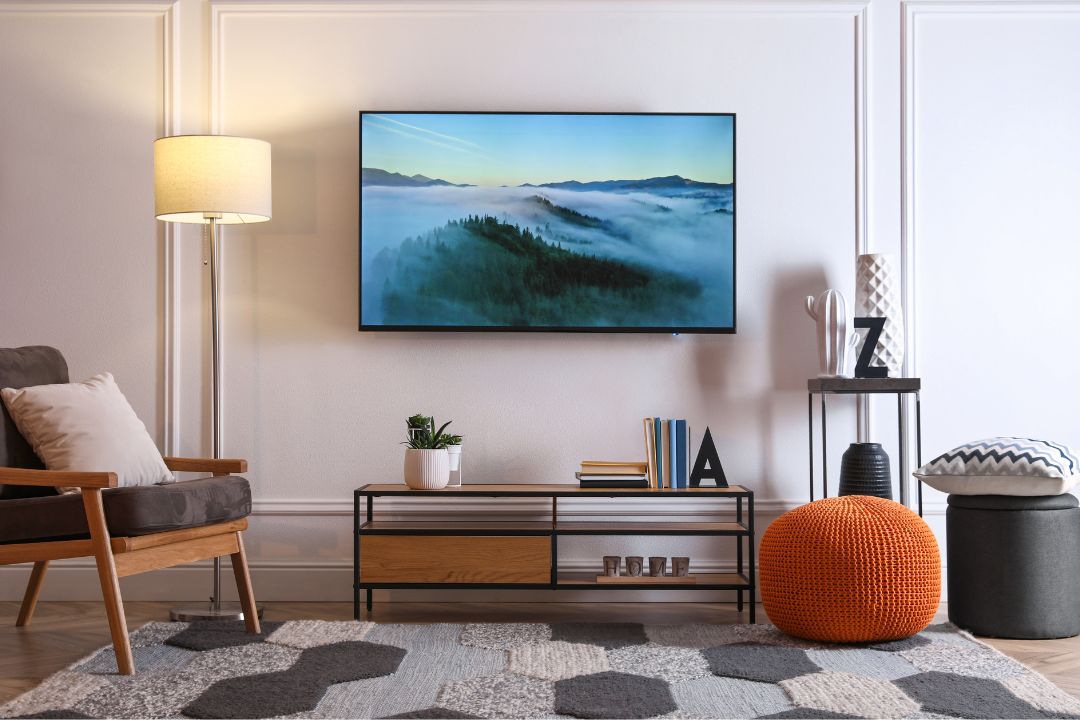Address
Al. Stavrou 11, Thessaloniki 546 44
Contact
Tel: +30 231 021 2174
Email: info@electro-land.gr

Discover your ideal TV between OLED, QLED, 4K, 8K & Smart TVs. Compare technologies and choose the best model for you!
The TV market has evolved significantly in recent years, offering a wide range of choices from various models and technologies. From advanced OLED and QLED displays to 4K and 8K resolutions and smart TVs, consumers are faced with a plethora of choices when purchasing a new device. In this buying guide, we'll take a detailed look at the various options on offer, providing comparative analysis and advice on the best TV choice to meet your needs and preferences.
OLED (Organic Light Emitting Diode) and QLED (Quantum Dot Light Emitting Diode) televisions are two of the leading display technologies on the market today. OLED TVs exclusively use OLED modules to produce light and colors, while QLED TVs use a combined approach that combines Quantum Dot technologies with LED backlighting.
OLED TVs offer deeper blacks, incredible contrast and wide viewing angles, making them ideal for playing high-quality content such as movies and TV shows. On the other hand, QLED TVs offer bright and vibrant colours, excellent brightness and greater viewing in bright rooms.
When choosing between OLED and QLED, consumers should take into account their personal preferences in terms of picture quality and the type of content they intend to watch frequently.
TVs with 4K and 8K picture resolution represent the leading technology in high-definition picture reproduction. 4K resolution offers four times as many pixels as full HD resolution, while 8K resolution offers an even more detailed picture with twice the number of pixels as 4K resolution.
4K TVs are ideal for playing content such as movies, series and games in high definition, while 8K TVs offer even more incredible detail and clarity.
When choosing between 4K and 8K resolution, consumers should take into account the available content sources, as well as the size of the TV and the viewing distance from it.
Smart TVs offer multiple connectivity and functionality, allowing users to enjoy access to online content, streaming services, and applications from within the TV's own interface.
Most modern TVs offer built-in Wi-Fi and Ethernet receivers for wireless or wired internet connectivity, and also feature advanced operating systems such as Android TV, webOS and Tizen OS that offer a rich user experience and flexible customisation.
Users can browse countless apps, enjoy content from a variety of sources such as Netflix, YouTube and Spotify, and take advantage of advanced features such as voice recognition and integrated communication with other smart home devices.
Overall, consumers should consider many factors when choosing a new TV, including screen technology, picture resolution, and connectivity and functionality options. With a well-informed decision, consumers can enjoy a superior viewing and entertainment experience that meets their needs and expectations for the future.